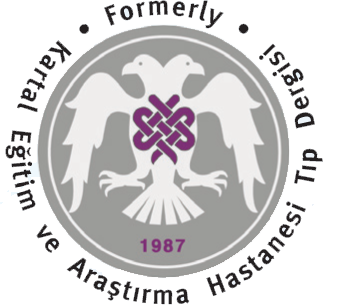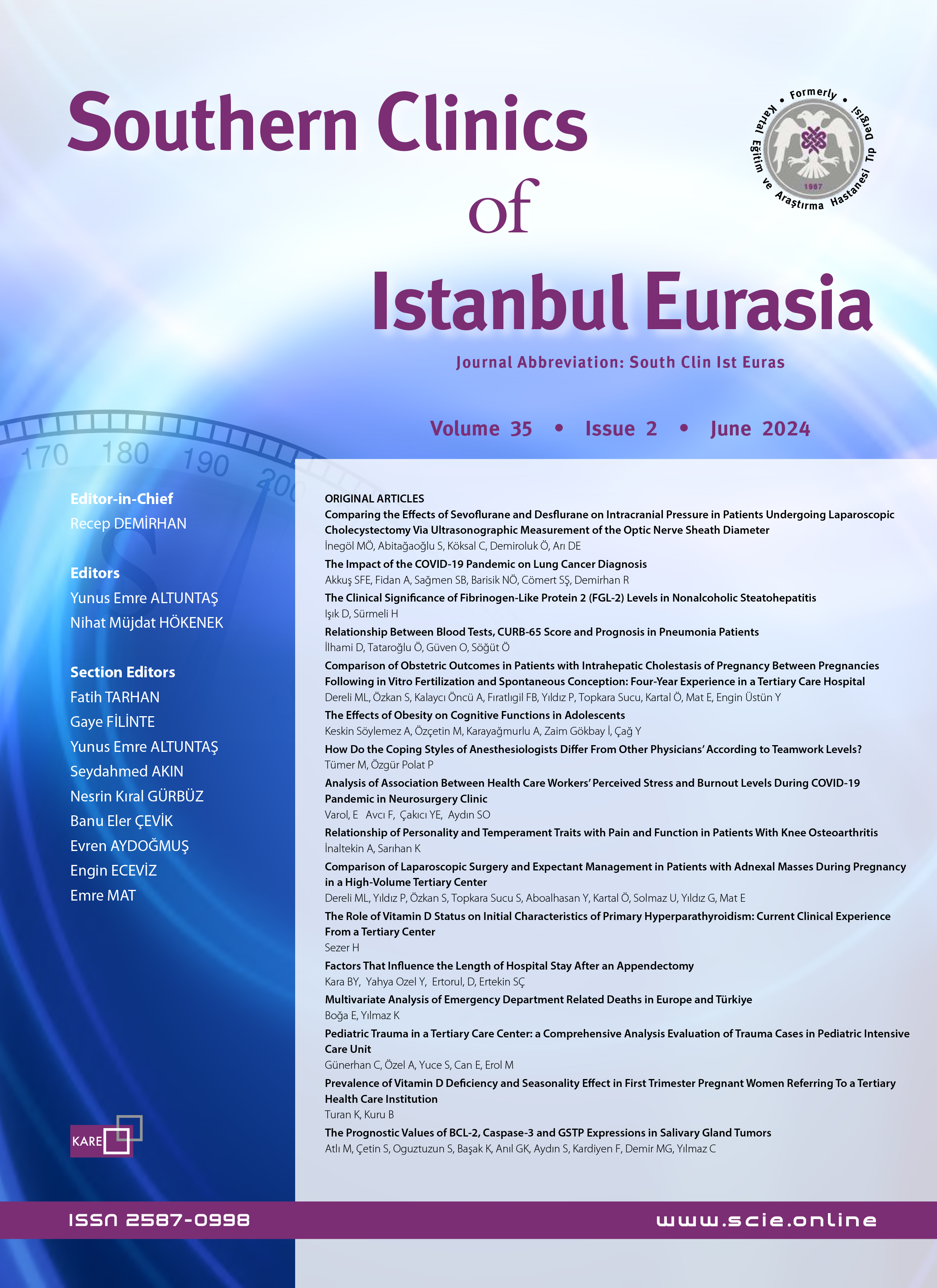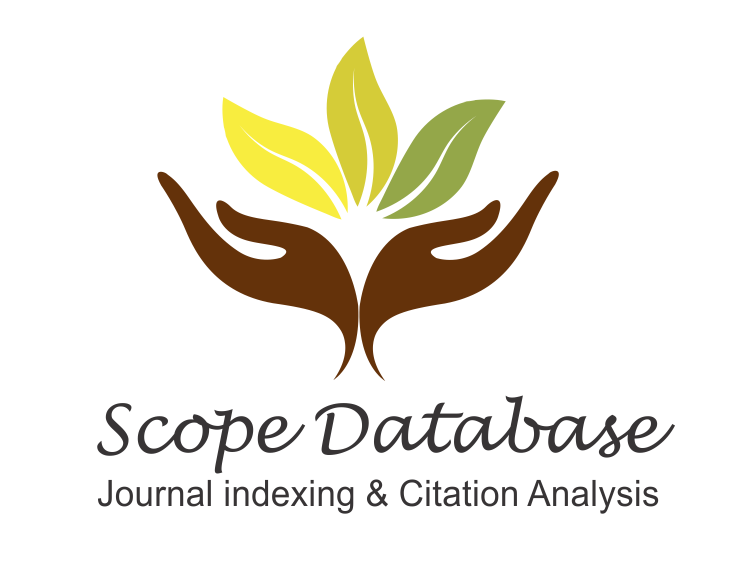Volume: 10 Issue: 1 - 1999
| RESEARCH ARTICLE | |
| 1. | POLYCYTHEMIA OF THE NEWBORN Erdem Arat, Gülnur Tokuç, Feza Aksoy, Yasemin Akın, Sedat Öktem, Ayça Vitrinel Pages 723 - 727 Polycythemia which if untreated may cause important complications, is a common problem during neonatal period. In our prospective study, we evaluated the incidence of polycythemia, the risk factors and it's complications. 910 newborns were included in the study. Prenatal and natal history, physical examination was thoroughly recorded. Capillary hematocrit was sampled at 12 hours after birth. Venous hematocrit was obtained from the ones with heinatocrits more than 70%. 50 newborns with venous hematocrits more than 65% were accepted as polycythemic and treated. The patients with low venous hematocrits composed the control group. Polycythemia incidence was found to be 5.49% among our newborns. 36% of them were asymptomatic. Risk factors such as low birth weight, fetal distress, asphyxia and preeclampsia in mother were more frequent among polycythemic group. 4% acute renal failure, 2% congestive heart failure and 2% convulsion was observed as complications. As a result, the importance of close follow up of risk groups for polycythemia which is a serious problem in neonatal period should be emphasized. |
| 2. | THE EVALUATION OF SOME CLINICAL SITUATIONS IN THE CASES OF ABRUPTIO PLACENTAE Ramazan Dansuk, Bülent Kars Pages 728 - 732 Abruptio placentae, about which the exact mechanism is unknown, has a very important clinical entity by the complications it causes. It is responsible from one third of the antepartum bleedings. It is also responsible from the vast majority of the perinatal mortality. In these 118 cases, we searched for the maternal and fetal complications. We also searched the relation between age, parity and hypertension with abruptio placentae; and also searched the relation between neonatal weight, gestational weeks and the route of delivery with the perinatal mortality rate. |
| 3. | ANTIBIOTIC SUSCEPTIBILITY PATTERNS OF BACTERIA COLONIZED IN THE INTESTINE OF NEUTROPENIC PATIENTS Demet Kaya, Sena Kaptanoğlu, Zeki Üstüner, Yurdanur Akgün Pages 733 - 736 Antibiotic susceptibility patterns of bacteria colonized in the intestine of neutropenic patients 188 fecal specimens of 52 neutropenic patients with haematological malignancies were microbiologically examined for the presence of antibiotic resistant bacteria. The microorganisms were isolated from the specimens that were taken twice a week and antibiotic susceptibility tests were performed by using Kirby-Bauer disk diffusion method.. Resistant microorganisms to various antibiotics, were isolated from 168 fecal specimens of 49 patients. Persistant colonization were found in 28 patients. The most frequent isolates were enterococci (44.2%) and E.coli (43.6%) and all isolates rather than some strains of E.coli were found to be resistant to various antibiotics. Besides the examination of fecal specimens taken from neutropenic and hospitalized patients; in our study 76 non-neutropenic hospitalized and 52 non-hospitalized patients were taken in study to compare the antibiotic susceptibility patterns. As a result, colonization with resistant microrganisms was higher in neutropenic patients than other groups. We conclude that; routine stool culturing and antibiotic susceptibility testing is important for this immuncompromised group; as they may be colonized with resistant microorganisms. |
| 4. | EVALUATION OF VACCINATION RATES IN KARTAL Sedat Öktem, Ayşe Ögetman, Gülnur Tokuç, Yasemin Akın, Ayça Vitrinel Pages 737 - 739 In spite of all the developments in drug treatment and preventive measures; the infectious diseases which are the most frequent cause of death in the world could only be prevented by immunization. Therefore, every country tries to determine and increase their immunization rates. In this study in order to determine the immunization rates in Kartal region, the immunization profile of 2000 children aged between 2 months - 6 years were evaluated. |



















